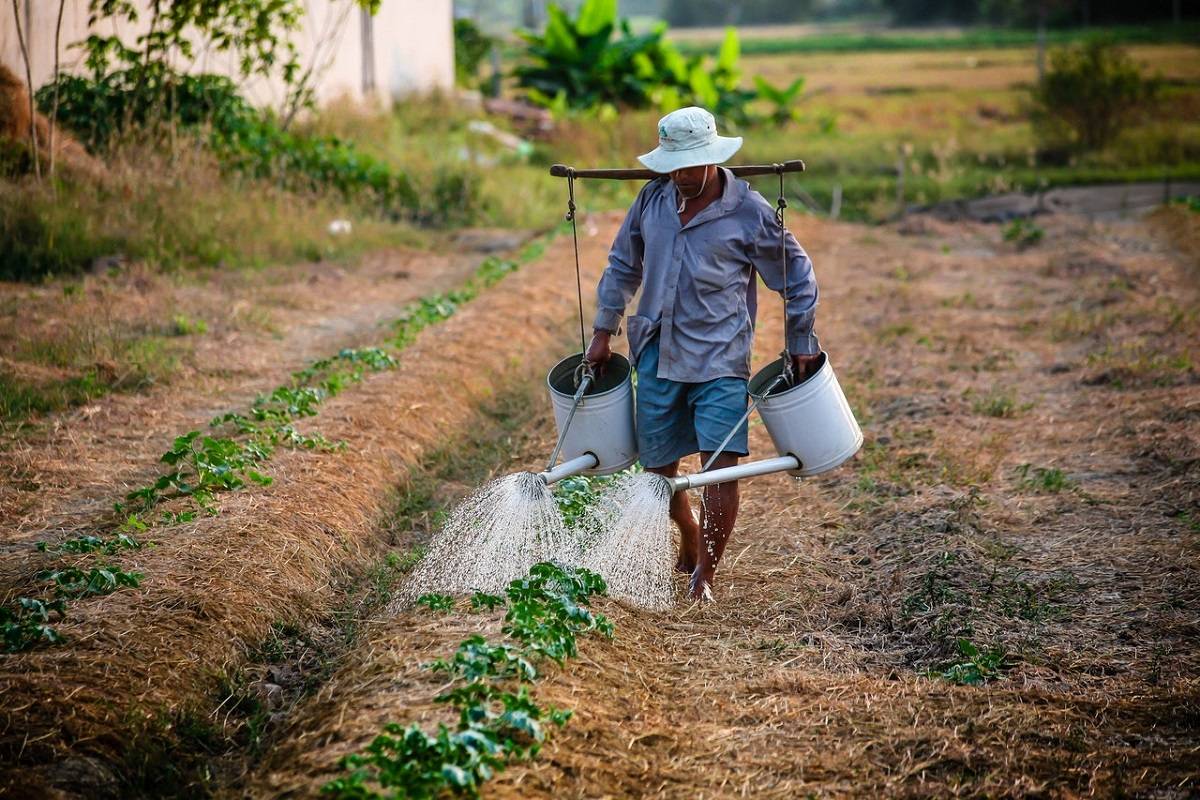
The states of Assam, Arunachal Pradesh, Manipur, Meghalaya, Nagaland, Mizoram, Sikkim, and Tripura in North East India have a heritage of being organic.
The North Eastern Region, or NER as it is commonly referred to, is stretched across 2.6 lakh sq km, or around 8% of India's total land area, and is home to 4% of India's population. The people of this region have developed into traditional tribal communities or clans with distinctive socio-cultural moorings deeply embedded in the forests, hills, rivers, and local biodiversity thanks to favorable endowments of soil, agro-climate, agro and forest biodiversity, wetlands, good rainfall, flora, and fauna.
The north-eastern region's benefits for organic farming can be summed up as follows:
-
Some special crops with significant market demand are grown in the North Eastern Region (NER), including Assam lemon, Joha rice, medicinal rice, and passion fruits.
-
NER is responsible for 45% of India's total pineapple output.
-
Sikkim produces the majority of the world's large cardamom, approximately 54% of it.
-
NER is India's fourth-largest orange grower.
-
One of the best ginger products (low in fiber) produced in the North Eastern region.
-
The amount of chemicals used in farming is significantly lower than the national average.
-
In the NER, 18 lakh acres of land can be categorized as "Organic by Default."
-
The quality of Assam tea is well-known all over the world.
-
Low population density (13-340 compared to 324 at the national average) per square kilometer.
-
Mid- and high-altitude farmers' dependence on renewable resources found on their own lands.
-
Time-tested indigenous farming systems and use of indigenous technical knowledge in agriculture.
-
For the purpose of growing pineapples organically, Tripura established an Agri-Export Zone (AEZ).
-
Another Agri-Export Zone (AEZ) has been formed in Sikkim for ginger.
-
Investment promotion plans for NER in agriculture and allied industries.
1st Expo Organic North East
In order to promote organic farming in the state, the Assam government organizes several programmes and events. In this series, the Department of Agriculture in Assam is hosting the first Expo on Organic North East which will be organized by Sikkim State Cooperative Supply and Marketing Federation Ltd (SIMFED), with Krishi Jagran as the media partner. The expo is scheduled to take place from February 3, 2023, to February 5, 2023.
About SIMFED
The Sikkim State Co-operative Supply and Marketing Federation Ltd. (SIMFED) was founded in 1983 as the state's top marketing organization with the mission of carrying out bulk marketing of agricultural and horticultural products, including significant cash crops, and distributing farm input through cooperatives.
-
Through its branch locations in Namchi, Jorethang, Mangan, and Gangtok, the federation also provides uniforms, textbooks, furniture, and office supplies to government departments.
-
Siliguri market pricing engages in the wholesale supply of consumer products through main multipurpose cooperative organizations and consumer cooperative societies.
-
At the Kanchenjunga Shopping Complex in Gangtok, SIMFED has opened a stall selling organic fruits and vegetables under the name "Sikkim's Organic."
-
The organization has also begun selling seasonal cut flowers to Delhi and Kolkata, including Cymbidium orchids, Oriental and Asiatic Lilium, Gentadesia, Gerbera, and Roses.
-
The Federation is made up of 191 primary cooperative societies, comprising Zilla Panchayats from the East, South, and West districts.











